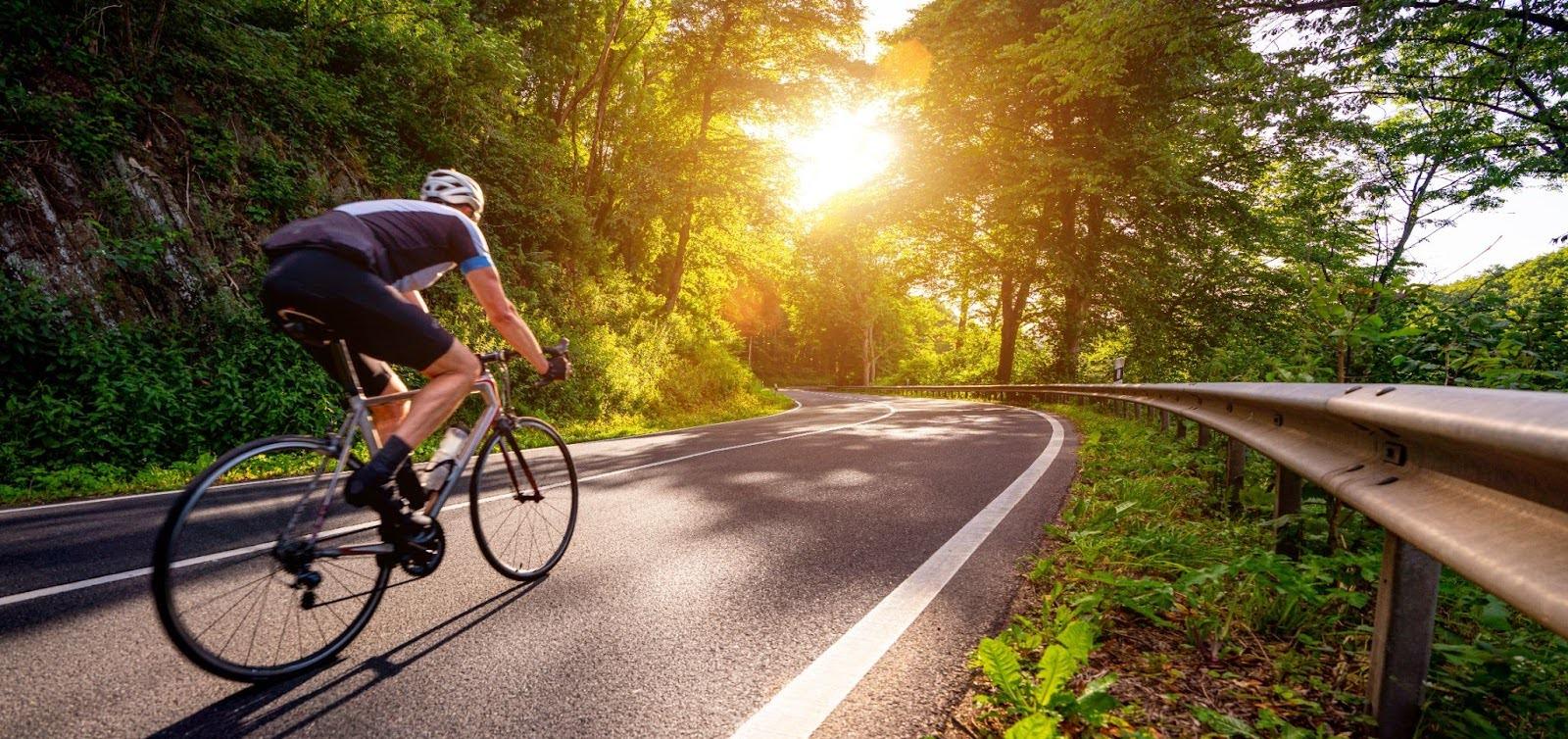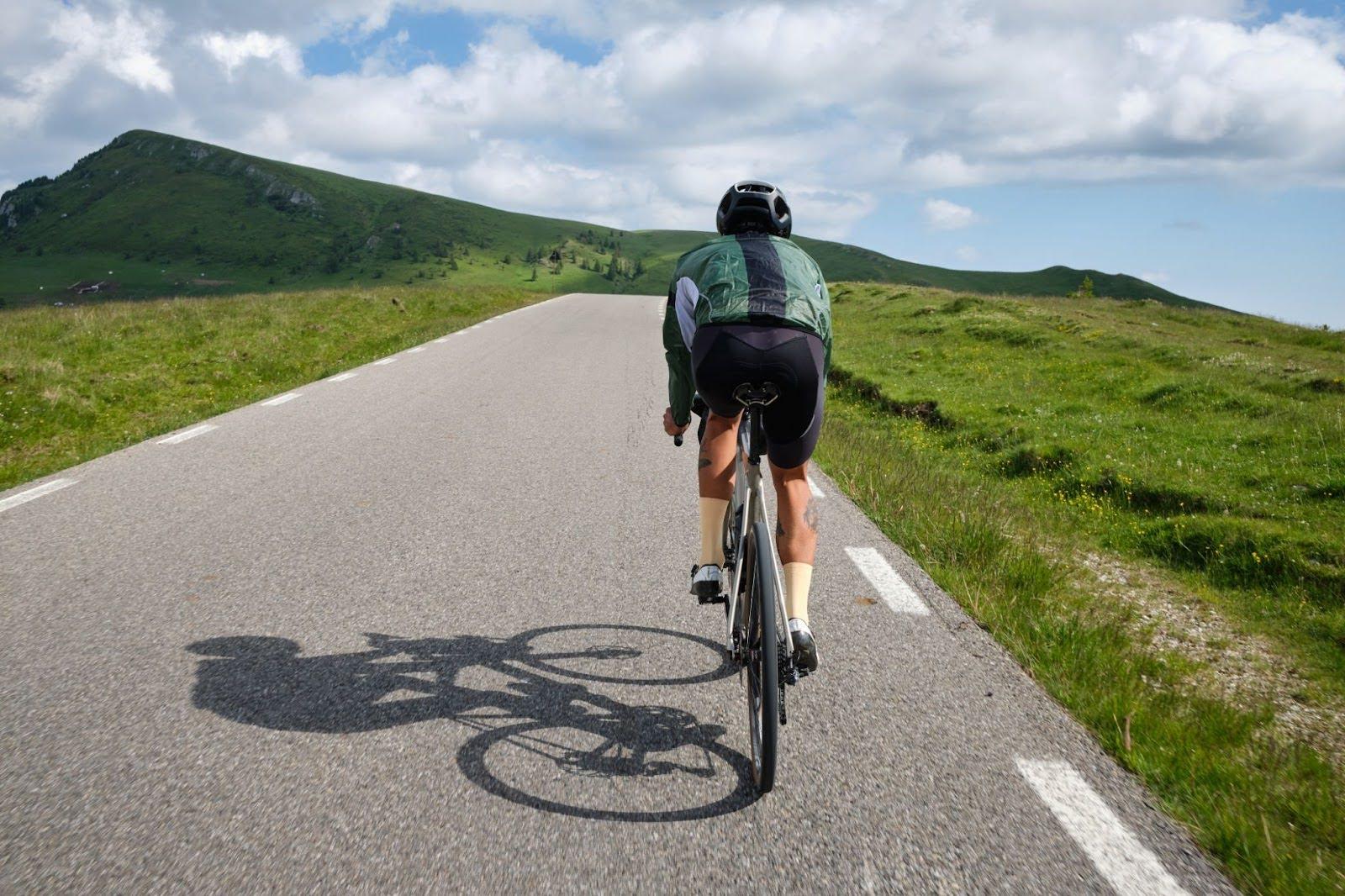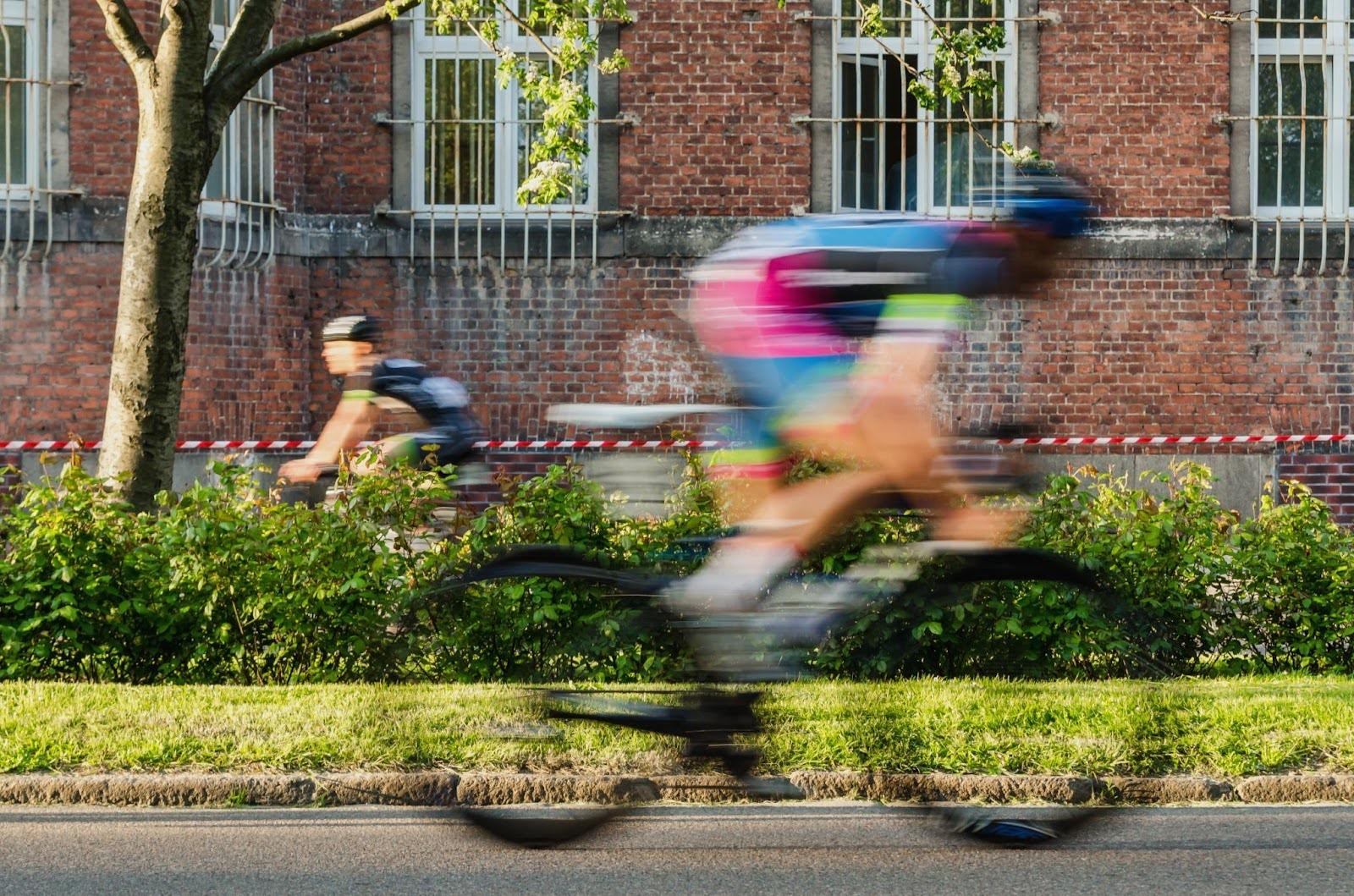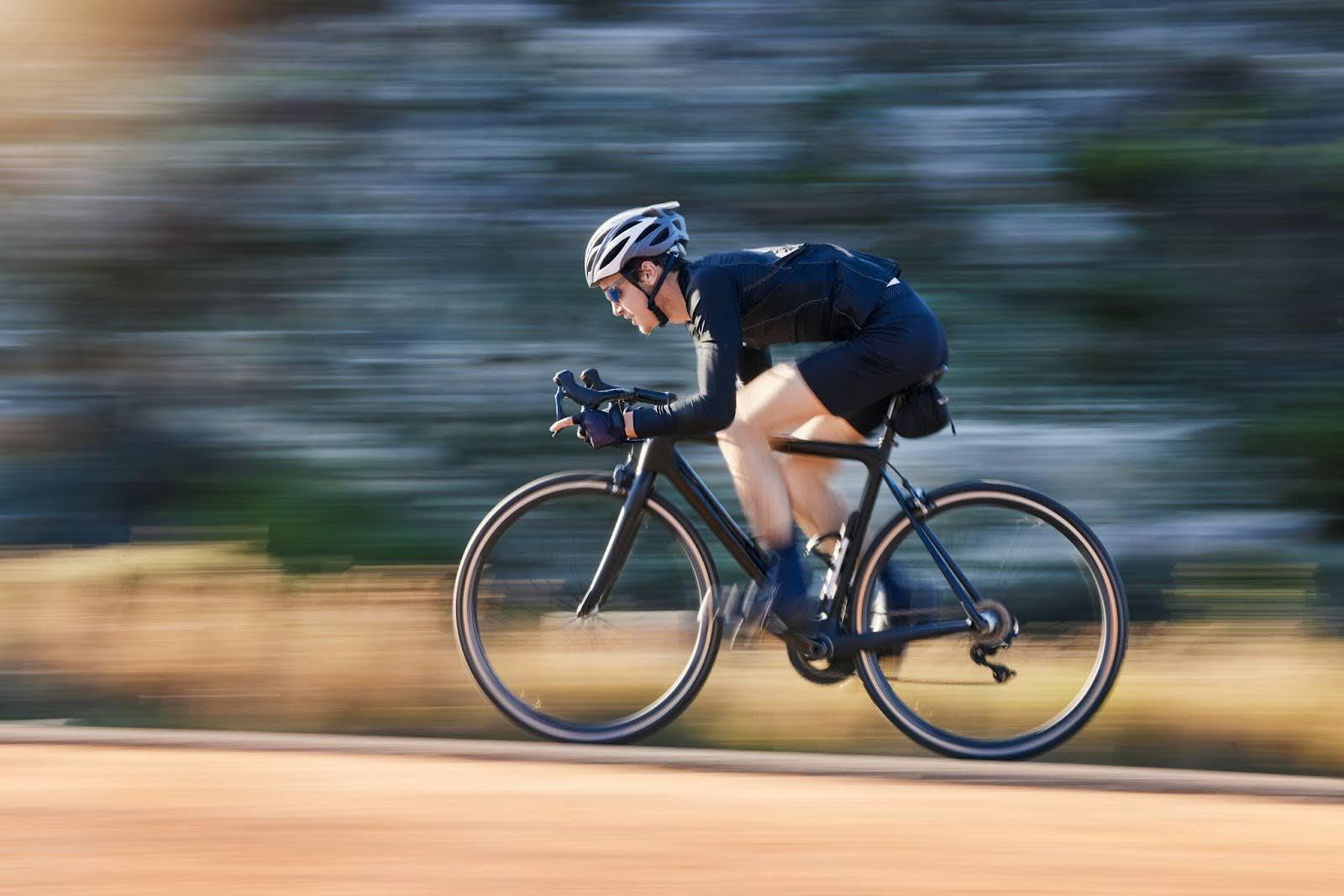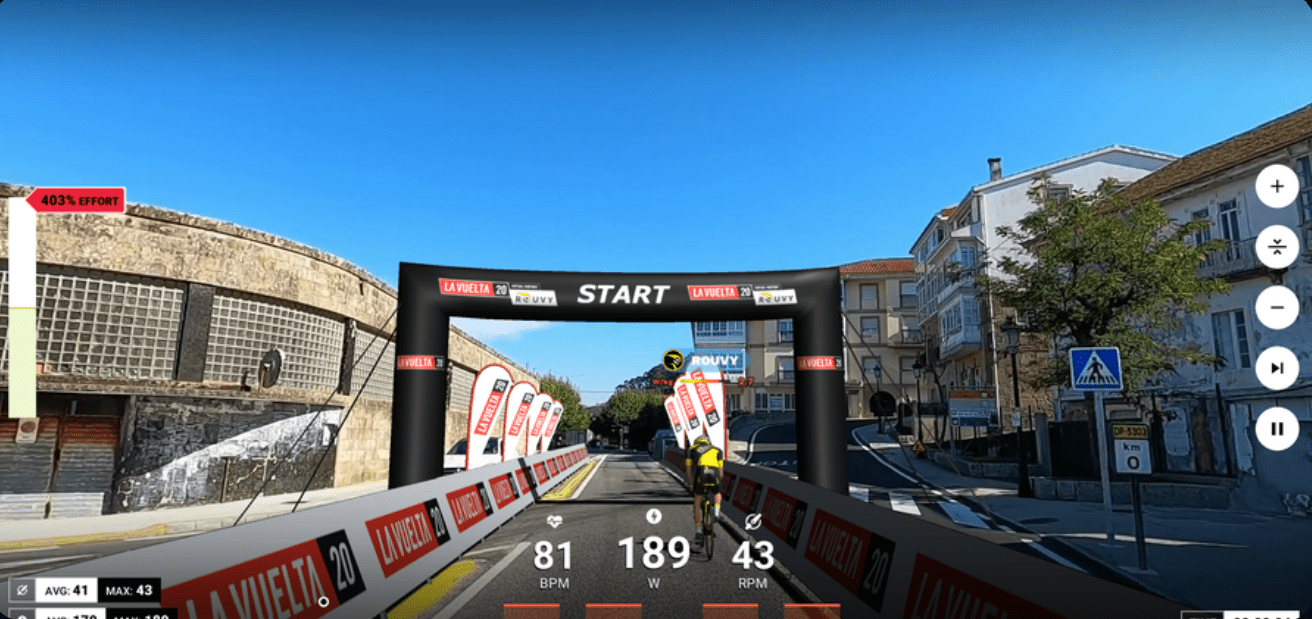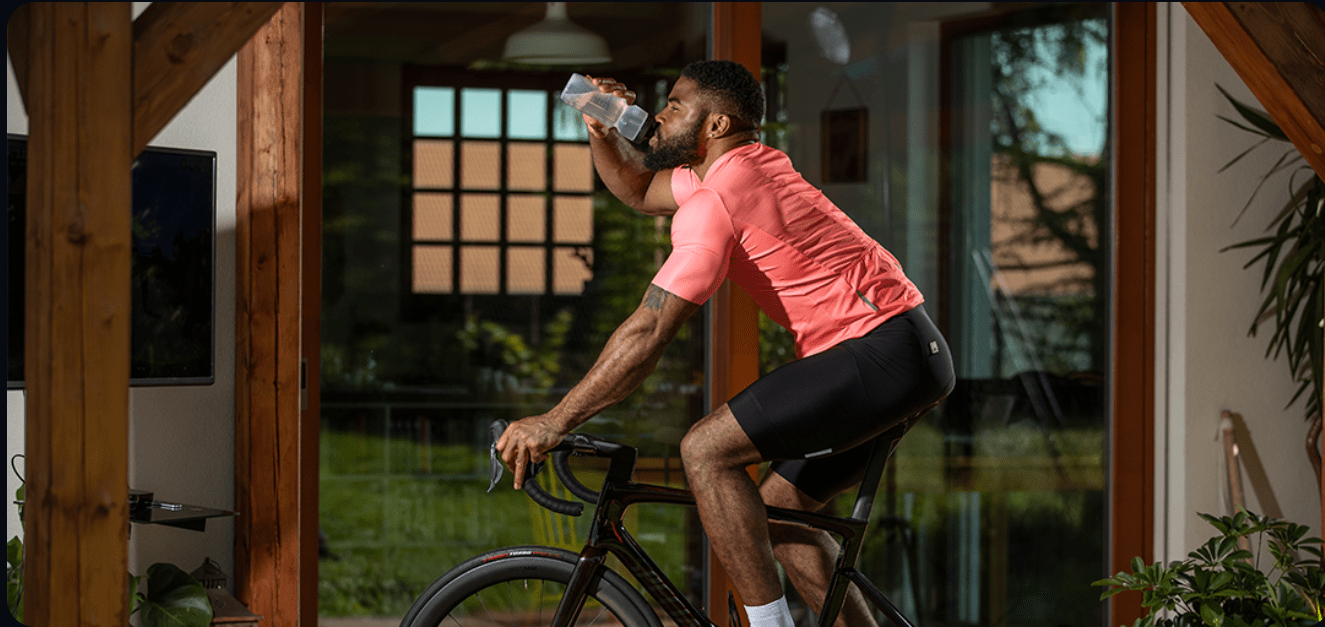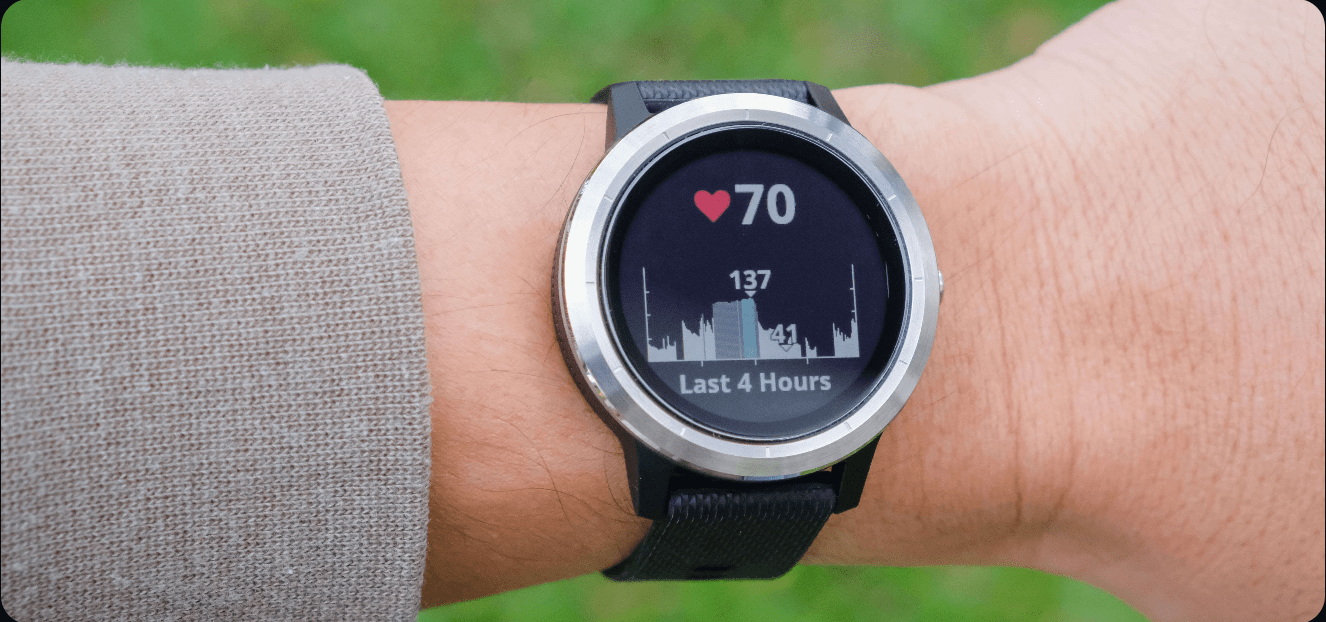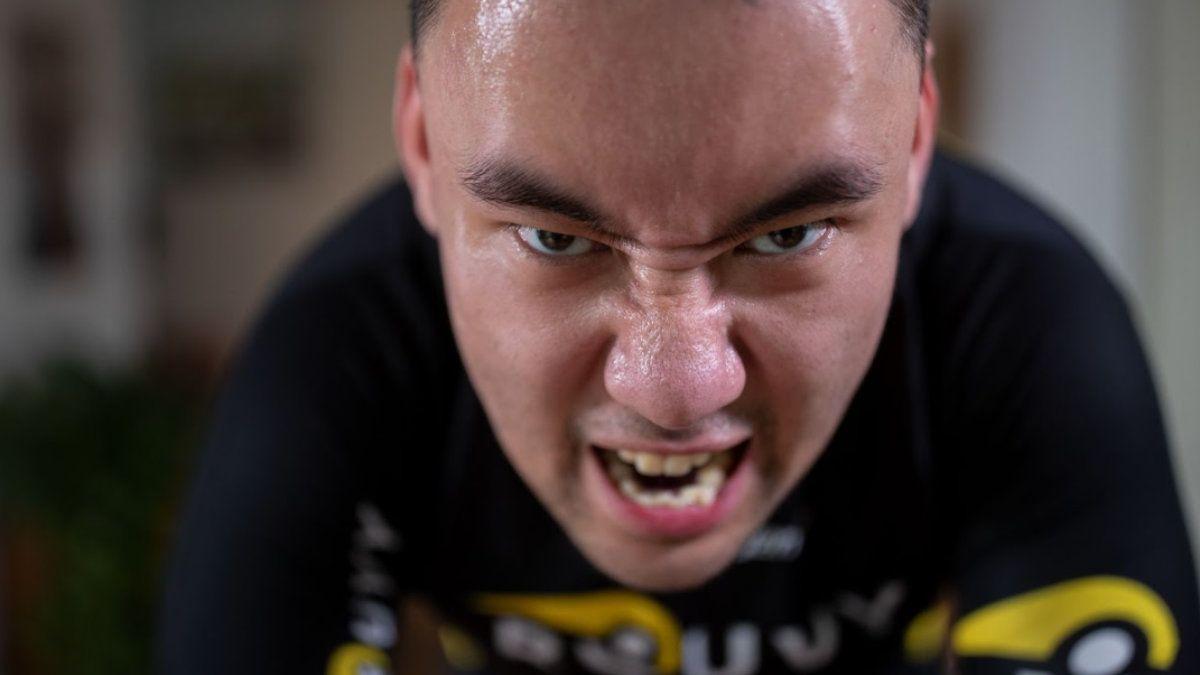Exercises to improve cycling speed
Strength training (squats, deadlifts, plyometric exercises)
Strength off the bike directly improves pedalling power. Squats and deadlifts build glutes, hamstrings, and quads, while plyometric movements like jump squats develop explosive force. Wall squats, especially, offer distinct benefits for cyclists, as they are great for developing muscular endurance and stability, which are crucial for sustained effort on the bike.
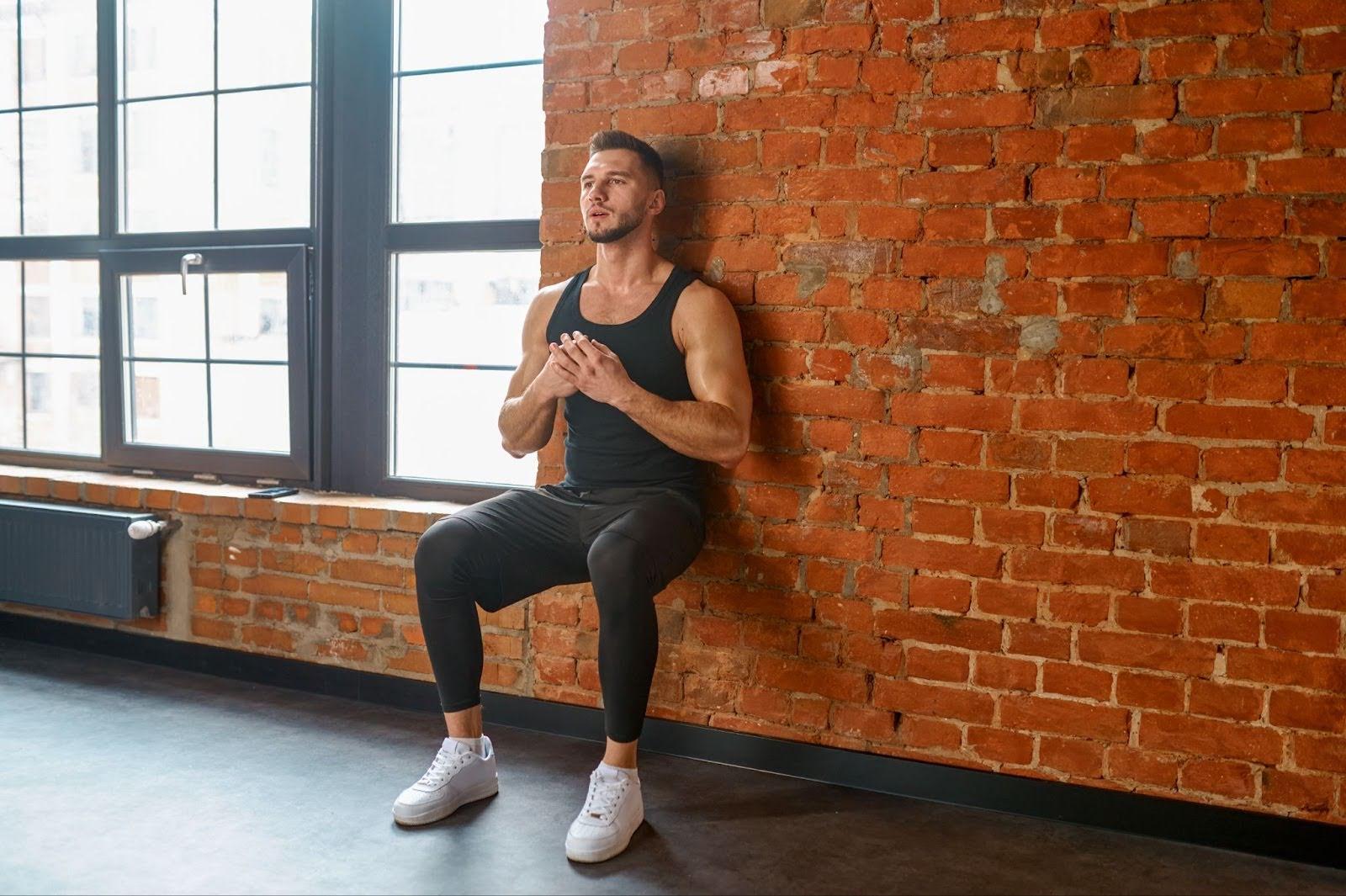 Above: Wall squats are good for developing muscular endurance and stability.
Above: Wall squats are good for developing muscular endurance and stability.
Start with 2–3 sessions per week, focusing on proper technique, and gradually increase the load or duration. Incorporate compound lifts first, then add plyometrics. Over time, you’ll notice faster accelerations, stronger climbs, and more controlled power delivery on the road.
Core work for stability
A strong core stabilises your body, allowing more power to reach the pedals and maintaining aerodynamic positions longer. Include planks and medicine ball rotations 2-3 times per week. Focus on controlled movement, breathing, and deep abdominal muscle engagement. A strong core reduces fatigue, improves pedalling efficiency, and makes holding drops or aero positions more comfortable on long rides.
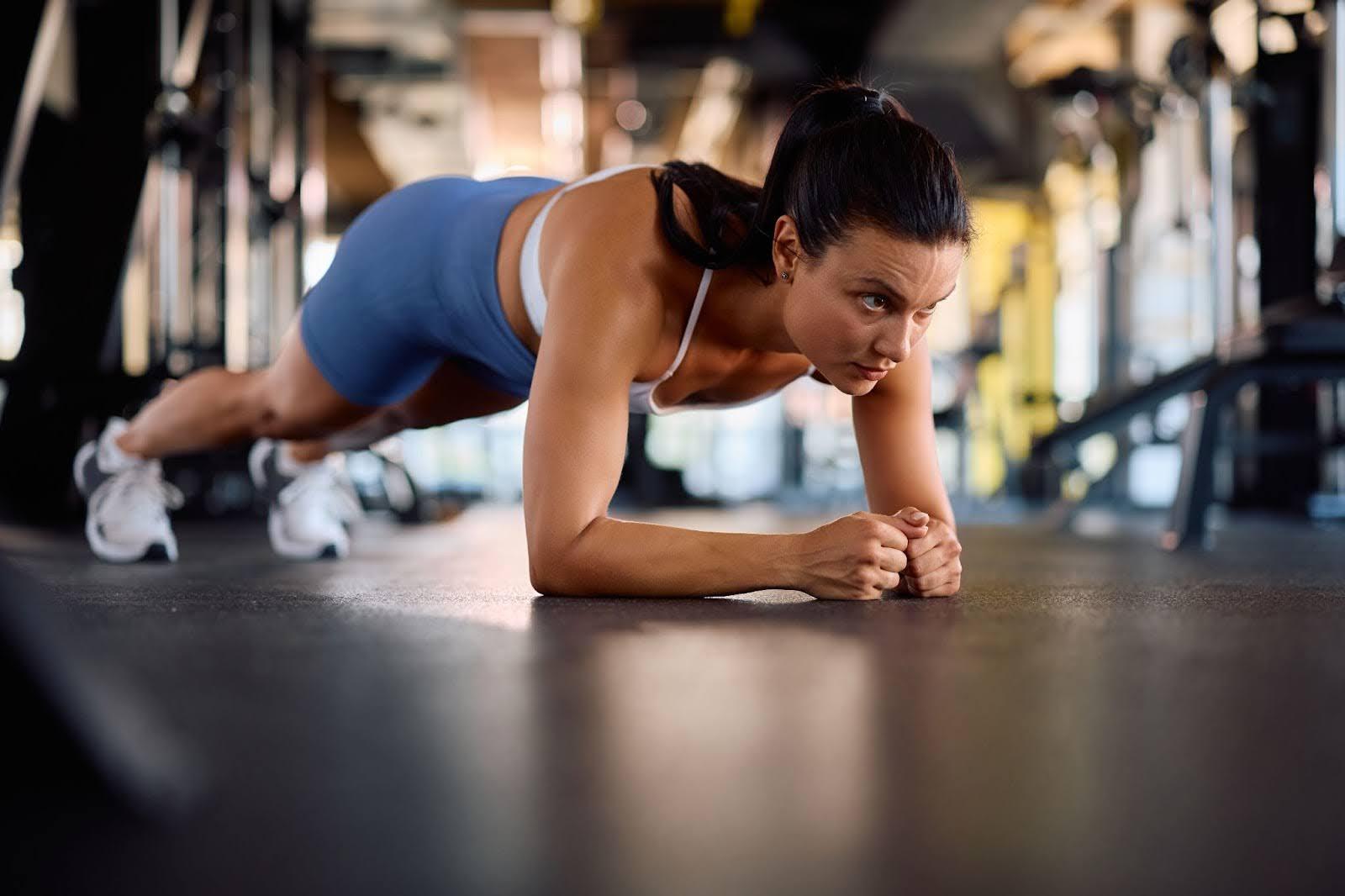 Above: A strong core reduces fatigue and improves pedalling efficiency.
Above: A strong core reduces fatigue and improves pedalling efficiency.
Cycling speed workouts & drills
VO2 max intervals
VO2 max intervals push your body to its highest sustainable effort. Perform 4–6 intervals of 3–5 minutes at 110–120% of functional threshold power, with equal recovery. Focus on consistent cadence and breathing. These sessions increase aerobic capacity, enabling faster, sustained riding and quicker recovery after surges or attacks. Start conservatively and progress gradually to prevent burnout.
Cadence drills & spin-ups
Cadence drills enhance leg speed and smoothness. During warm-ups or recovery, spin from a comfortable 80-90 RPM to 110-120 RPM for 15-30 seconds, then return to normal cadence. Repeat 5-10 times. This trains your neuromuscular system, improving pedalling efficiency and enabling you to maintain higher speeds with less effort.
One-leg pedaling
Single-leg drills reveal inefficiencies in your pedal stroke. Clip in one foot and pedal with the other for 30–60 seconds, alternating legs. Concentrate on a smooth, circular motion. Over time, this drill corrects imbalances, improves power transfer, and develops a more efficient pedal stroke, enabling you to ride faster without additional fatigue.
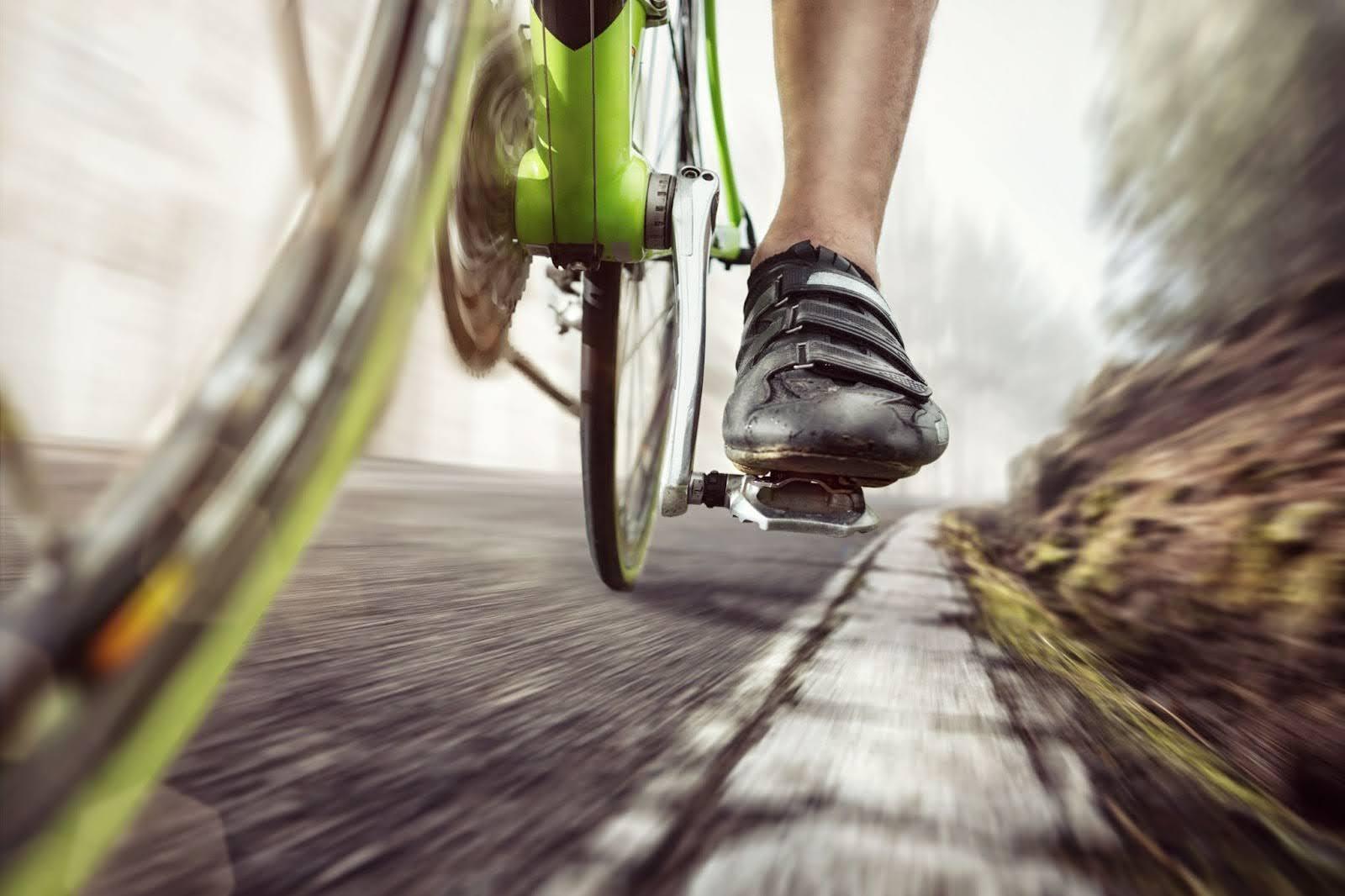 Above: Cadence drills enhance leg speed and smoothness.
Above: Cadence drills enhance leg speed and smoothness.
Technique & position for speed
Aerodynamics (drops, posture)
Aerodynamic positioning is crucial at higher speeds. Ride in the drops, lower your torso, and tuck your elbows while keeping your core engaged. Practise on training rides to ensure comfort and stability. Improved posture reduces drag, so you can maintain speed for longer without expending additional energy. Over time, this translates into measurable gains in average speed.
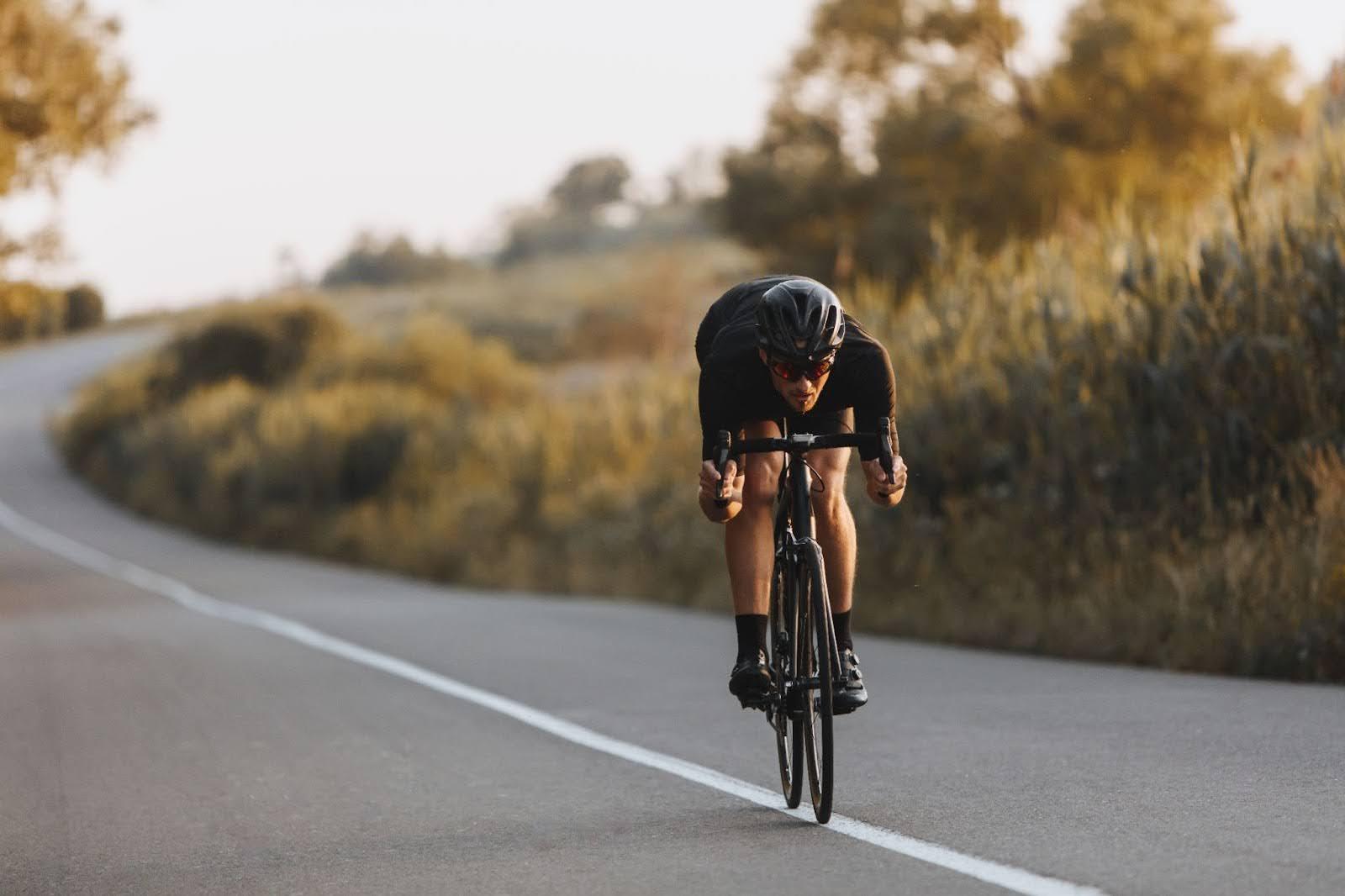 Above: Body position affects your speed.
Above: Body position affects your speed.
Smooth pedalling & efficient cadence
Efficiency is just as important as power. Try to maintain a smooth, circular pedal motion at 85–95 RPM. Avoid pushing hard ("mashing") by also focusing on pulling up through the stroke and using your hamstrings and glutes. Doing cadence drills can help you maintain higher speeds over long distances and save energy for important moments like climbs or sprints.
Gear & equipment upgrades
Tyres, wheels, aero helmets
Equipment choices can significantly influence speed without requiring extra effort. Opt for tyres with lower rolling resistance, deep-section wheels to cut drag, and aero helmets for streamlined airflow. These upgrades are especially noticeable in time trials, flat roads, or windy conditions. Small gains from gear add up, complementing your physical training and enabling you to ride faster and more comfortably.
Bike fit for comfort & efficiency.
A professional bike fit helps you ride better by improving power transfer, preventing injuries, and ensuring comfort. It involves adjusting factors such as saddle height, reach, and cleat alignment. Small adjustments can boost your performance and let you stay in an aerodynamic position longer without getting tired, which can increase your speed.
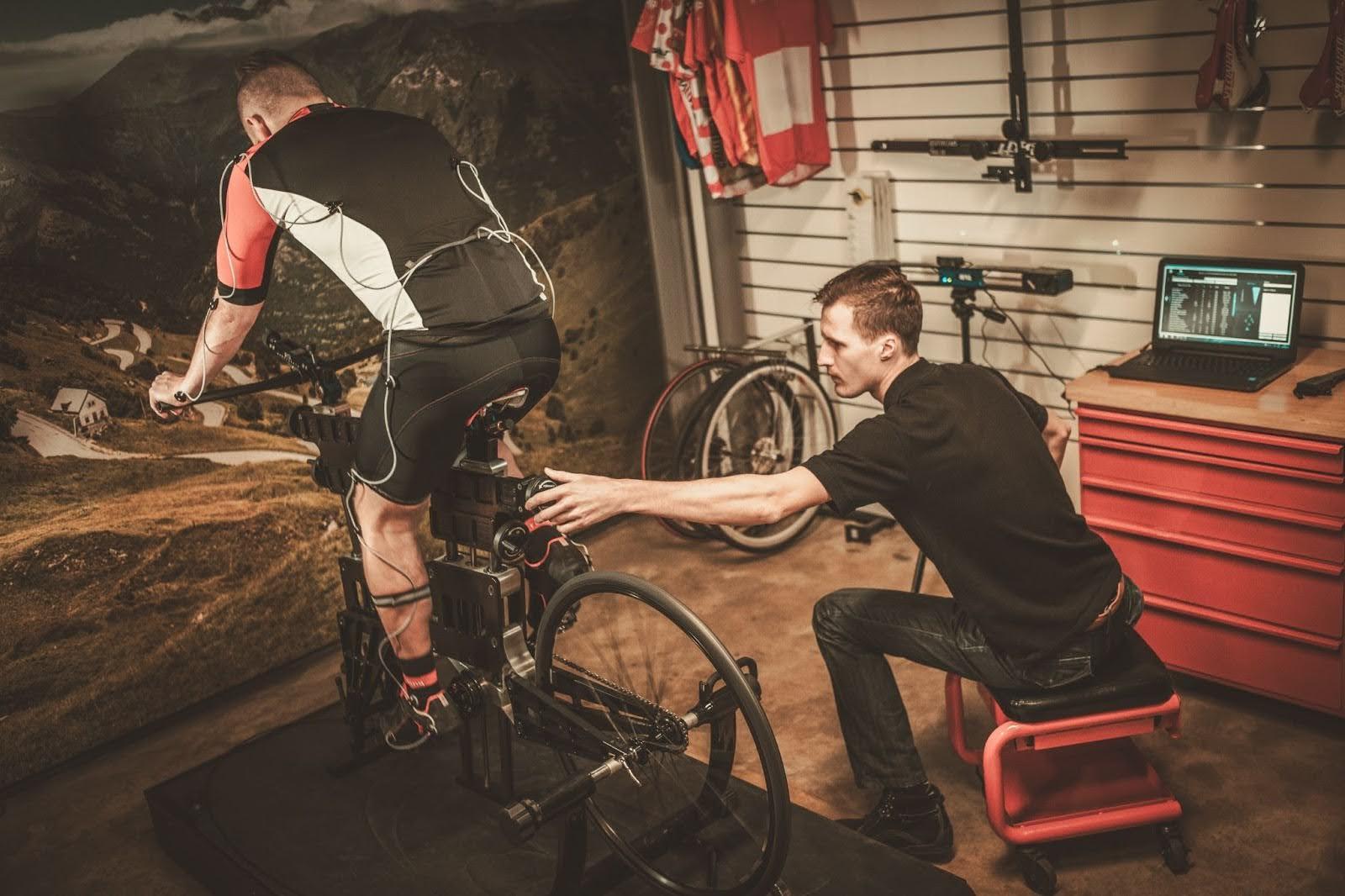 Above: A professional bike fit is essential for improved performance and speed.
Above: A professional bike fit is essential for improved performance and speed.
Other factors influencing speed
Nutrition & hydration
To maintain your speed, you need to fuel smartly. Eat carbs before and during rides for energy, and drink water and electrolytes to avoid fatigue and cramps. For rides longer than 90 minutes, have snacks ready, and focus on recovery nutrition afterwards to help your body adapt. Proper fueling lets you train harder and maintain faster speeds.
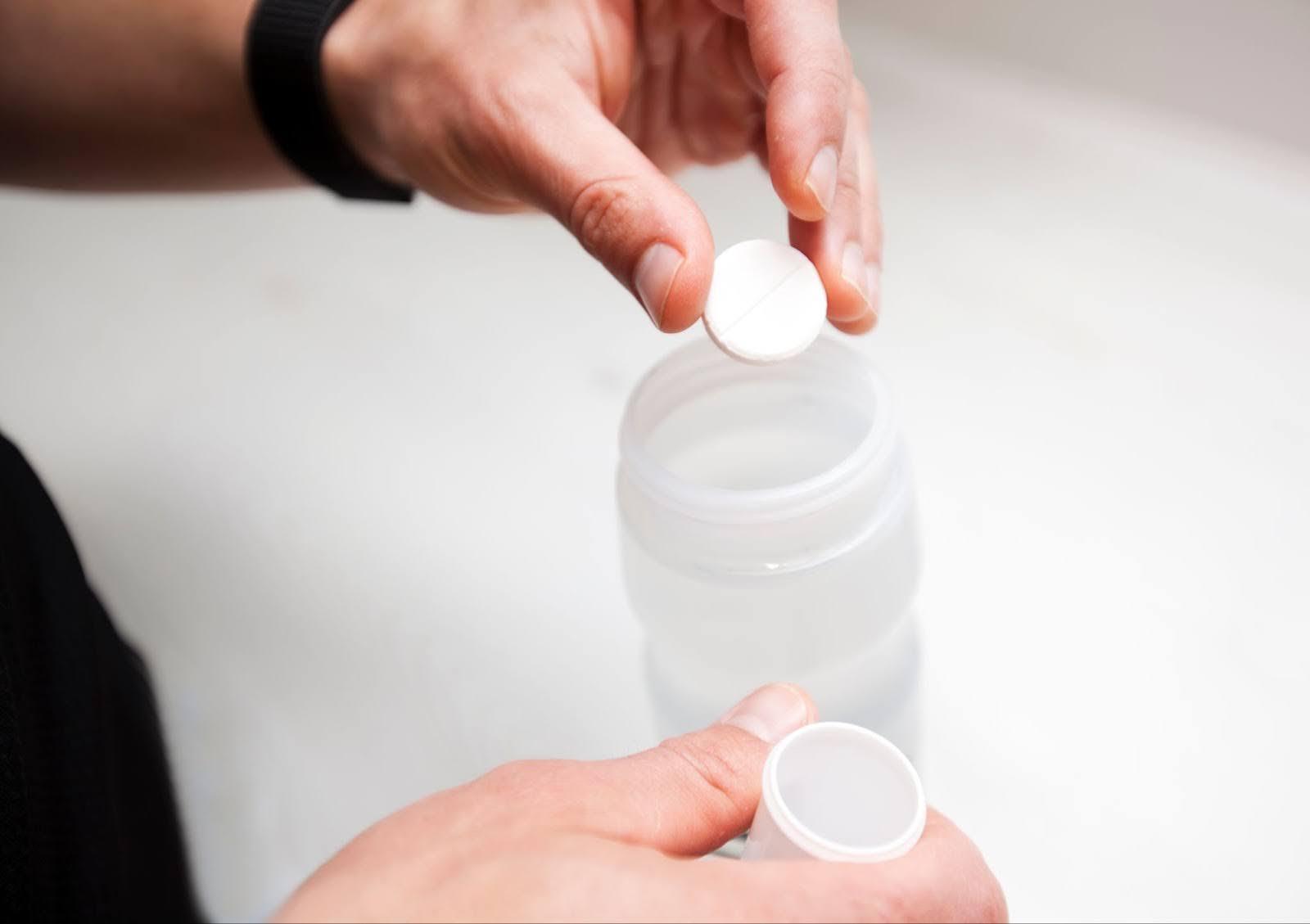 Above: Stay hydrated with water and electrolytes to prevent fatigue and cramping.
Above: Stay hydrated with water and electrolytes to prevent fatigue and cramping.
Weight management & recovery
A favourable power-to-weight ratio helps acceleration, climbing, and sustained speed. Combine gradual improvements in body composition with adequate recovery: sleep, stretching, and active rest. Avoid overtraining, as fatigue limits gains. When recovery and nutrition are prioritised, your training converts into tangible speed improvements.
Practical tips to get faster at cycling
Group rides
Riding in a group pushes you to higher speeds, teaches you drafting techniques, and improves your race skills. Sit in the slipstream to conserve energy, and rotate at the front to build power and stamina. Group rides simulate real-world conditions, helping you apply training gains while learning pack dynamics and pacing strategies.
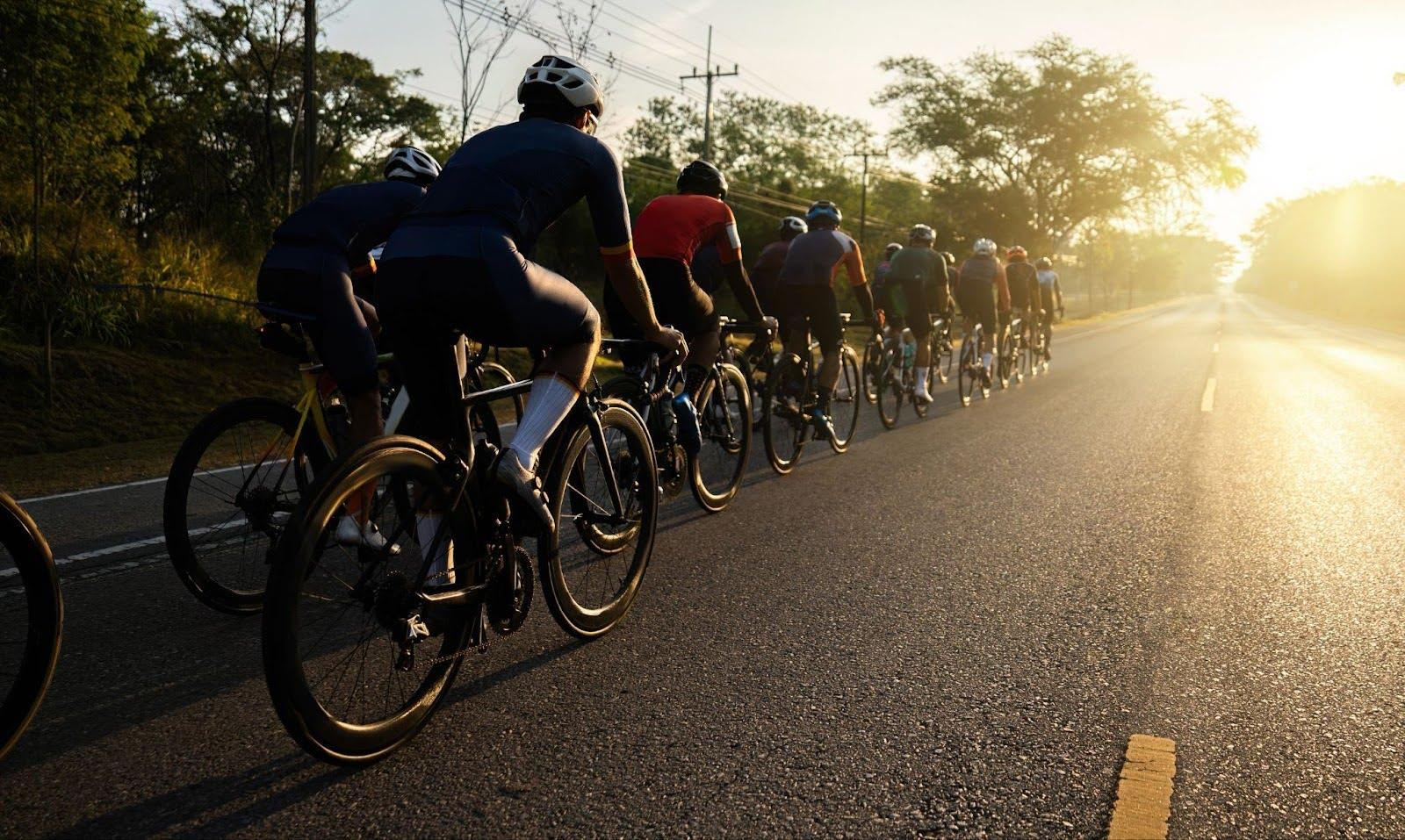 Above: Group riding helps with pacing and improving speed skills.
Above: Group riding helps with pacing and improving speed skills.
Pacing strategies
Effective pacing prevents burnout. Use a power meter, heart rate monitor, or perceived exertion to manage effort. Start conservatively, increase gradually, and save energy for critical segments such as climbs, flats, or sprints. Practising pacing teaches discipline and allows higher average speeds without overexertion.
Tracking progress with apps like ROUVY
Apps like ROUVY enable structured workouts, virtual routes, and performance tracking. Monitor metrics such as average speed, cadence, and power, then adjust training accordingly. Virtual races and challenges add motivation while providing realistic scenarios to practise pacing, sprinting, and drafting, making indoor training more engaging and effective.
Training smarter to ride faster
Increasing cycling speed requires a holistic approach that combines physiology, technique, equipment, and strategy. Structured interval sessions, endurance rides, and sprint work improve fitness, while strength and core training amplify power and stability. Drills like cadence work and one-leg pedalling refine pedalling efficiency, and aerodynamic positioning maximises every watt of output. Smart nutrition, hydration, recovery, and equipment upgrades support performance, while group rides and pacing strategies translate training gains into real-world speed. By consistently applying these principles, one can improve average speed, ride faster, and enjoy a more confident, efficient, and enjoyable cycling experience.
🚴♂️ Quick checklist: How to get faster at cycling
- ✅ Train smart – Combine intervals, endurance rides, and sprints for all-round speed and stamina.
- ✅ Build strength – Add squats, deadlifts, and core workouts twice a week to boost power.
- ✅ Refine technique – Practise cadence drills and one-leg pedalling to smooth your stroke.
- ✅ Get aerodynamic – Adjust posture, lower your torso, and keep elbows tucked.
- ✅ Optimise your gear – Upgrade tyres, wheels, and helmets for reduced drag and better roll.
- ✅ Fuel and hydrate – Eat balanced meals, stay hydrated, and recover properly post-ride.
- ✅ Ride with others – Join group rides to push your pace and learn new strategies.
- ✅ Track progress – Use apps like ROUVY or Strava to monitor average speed and performance trends.
